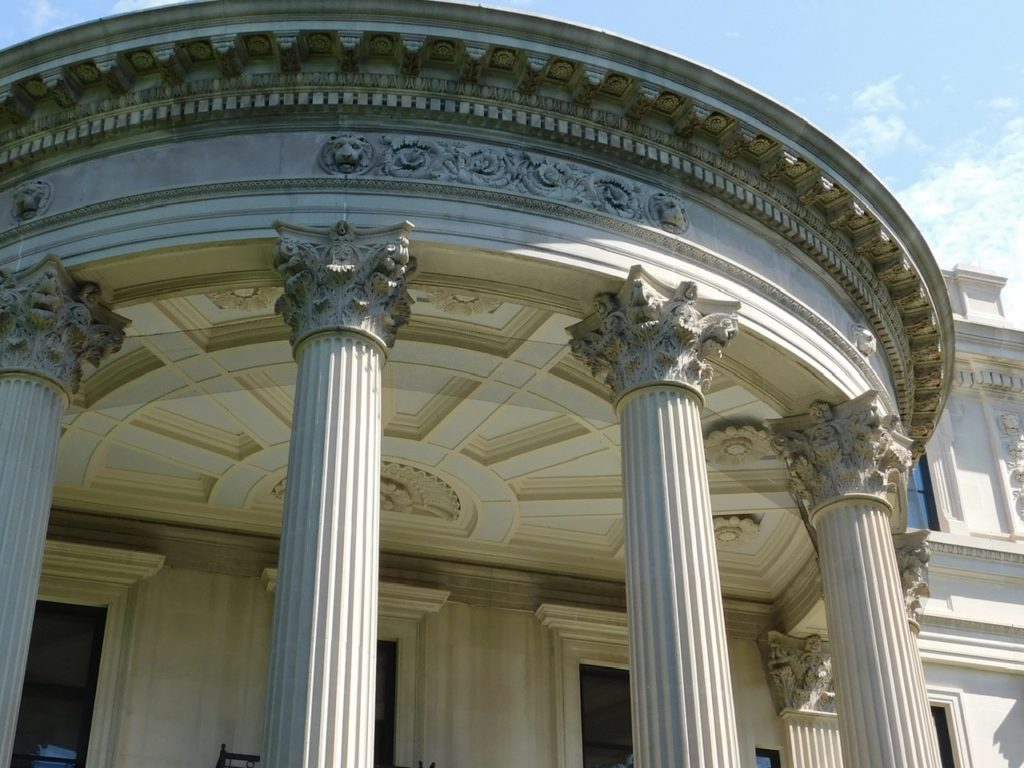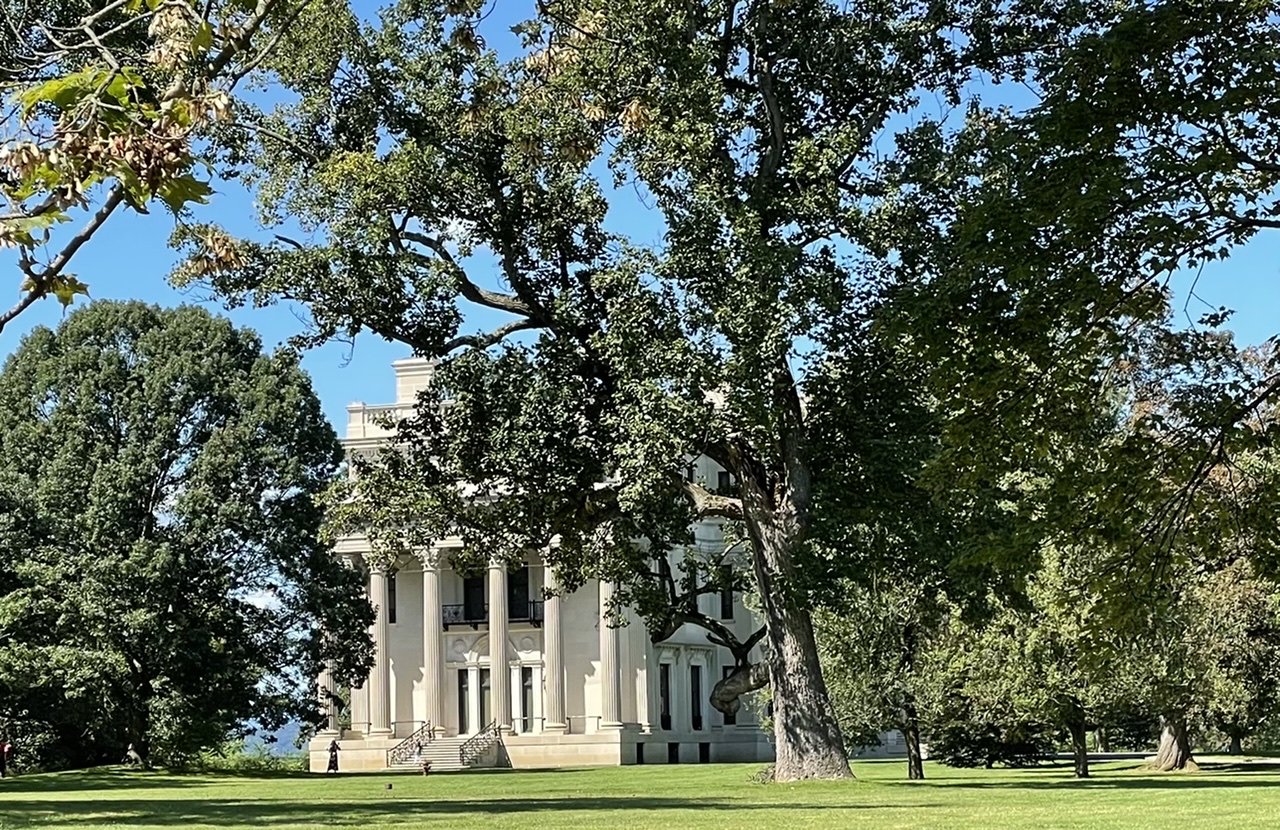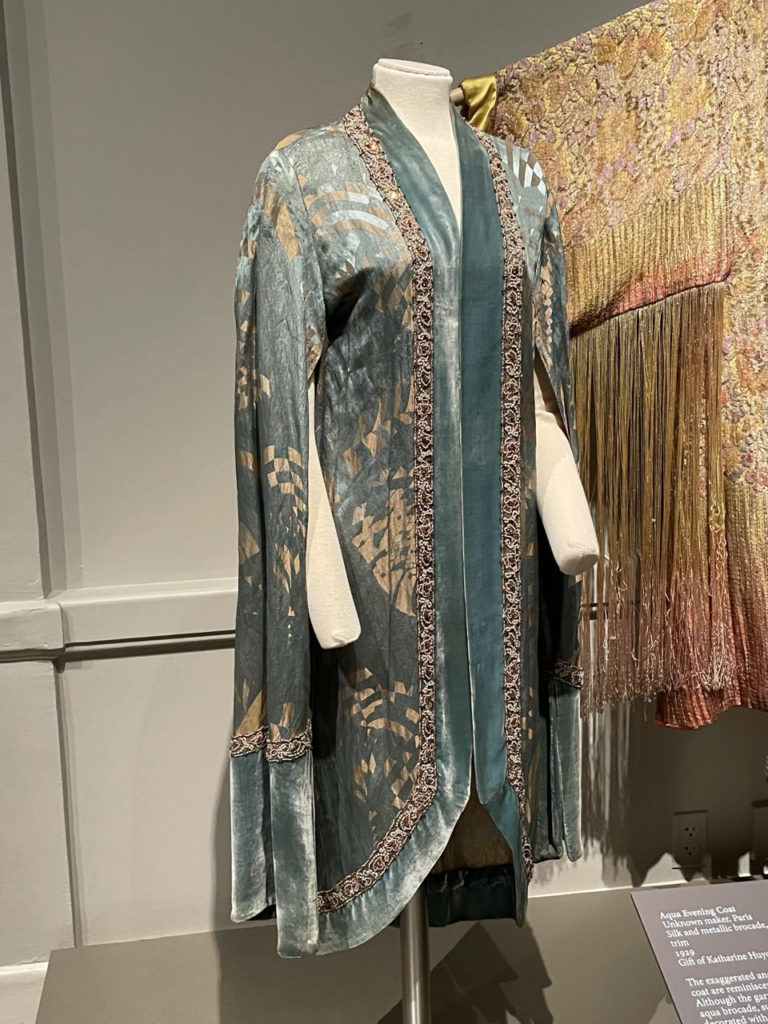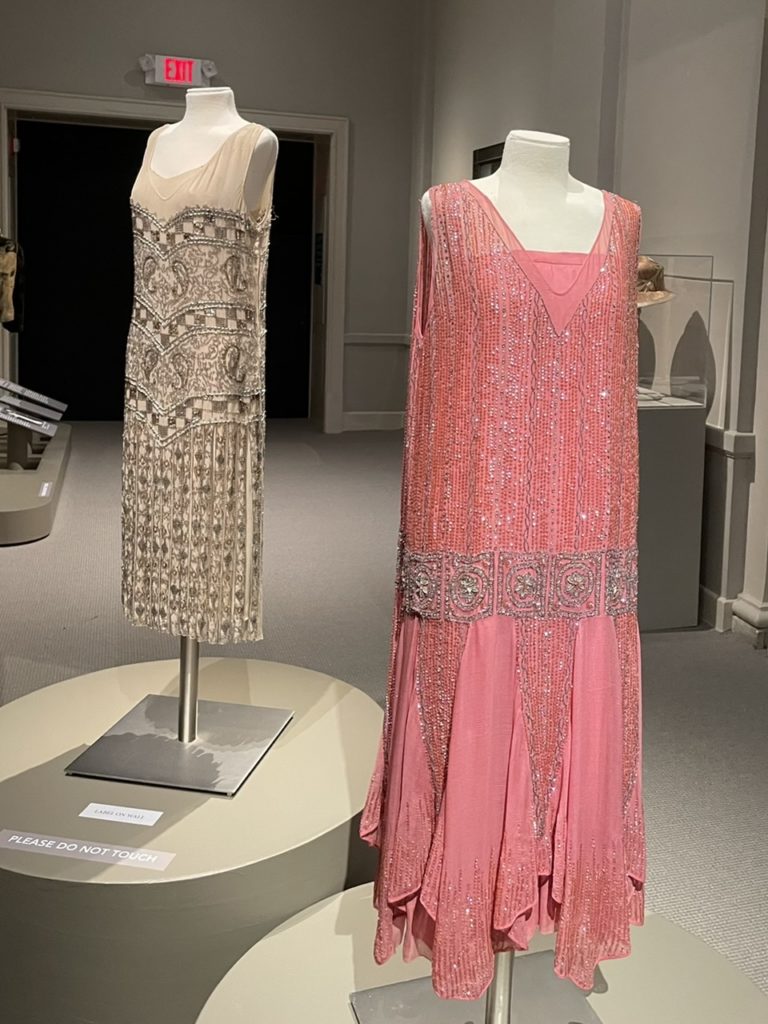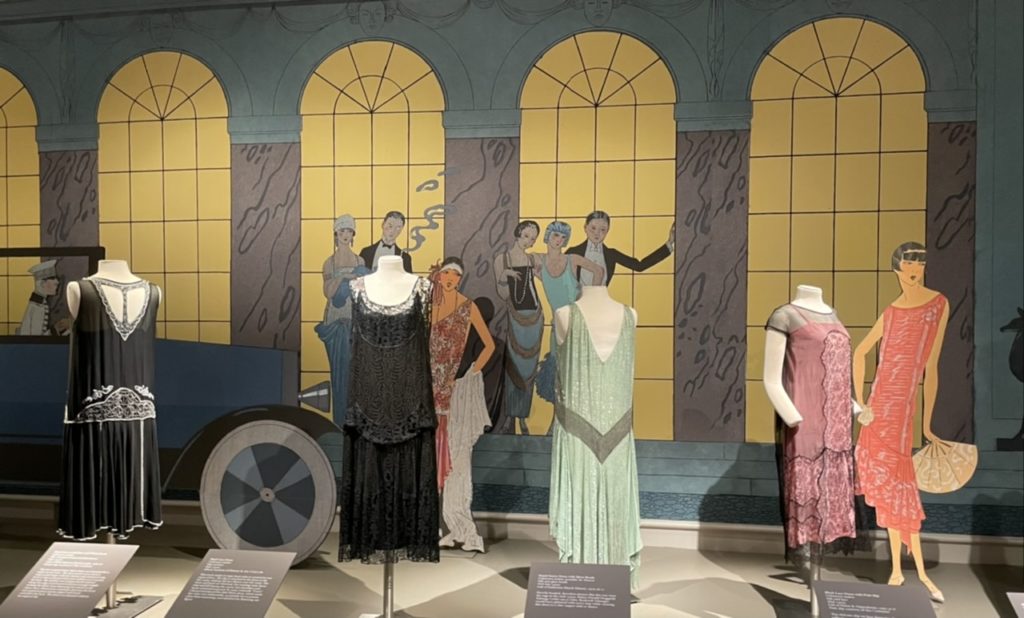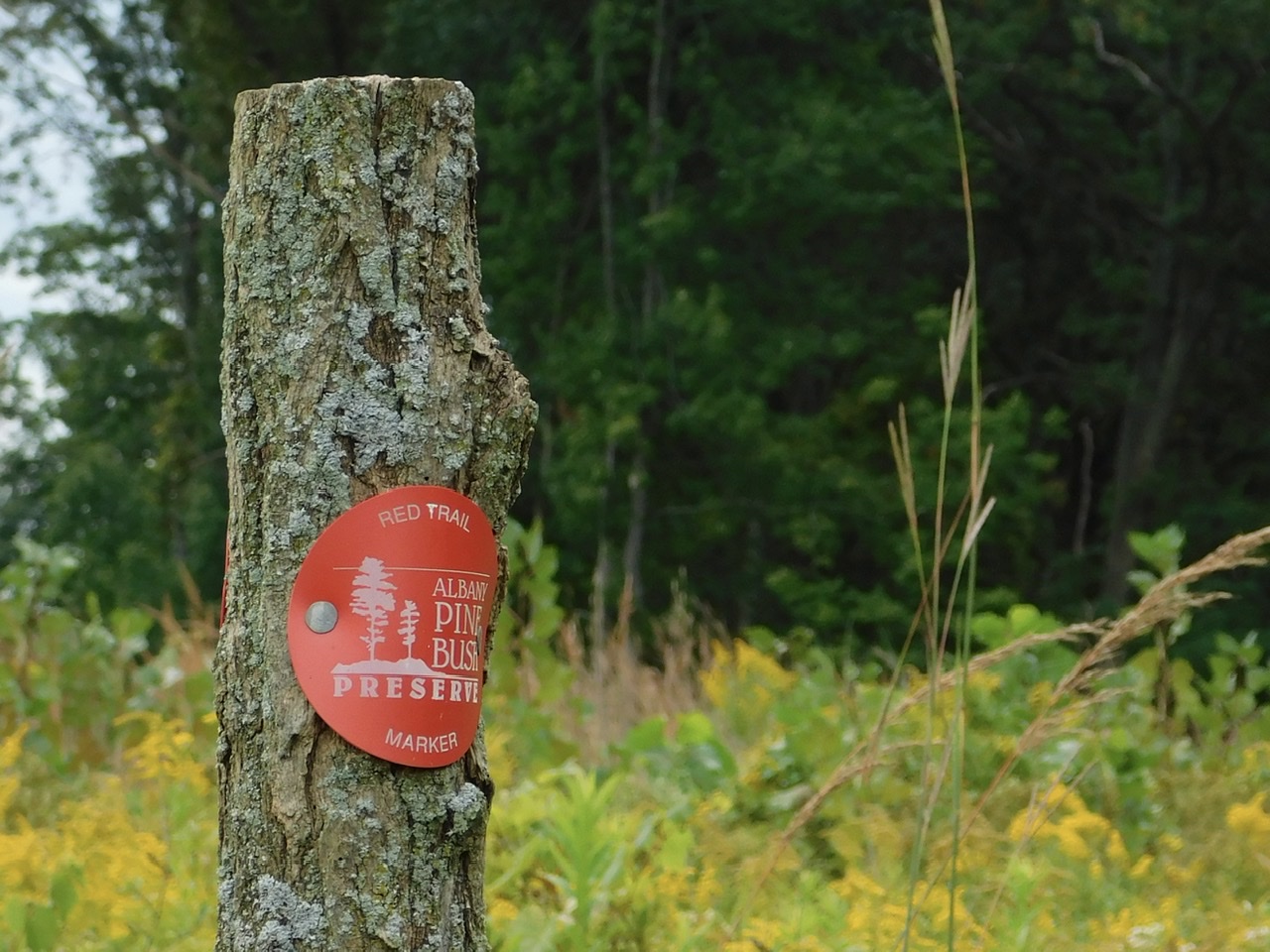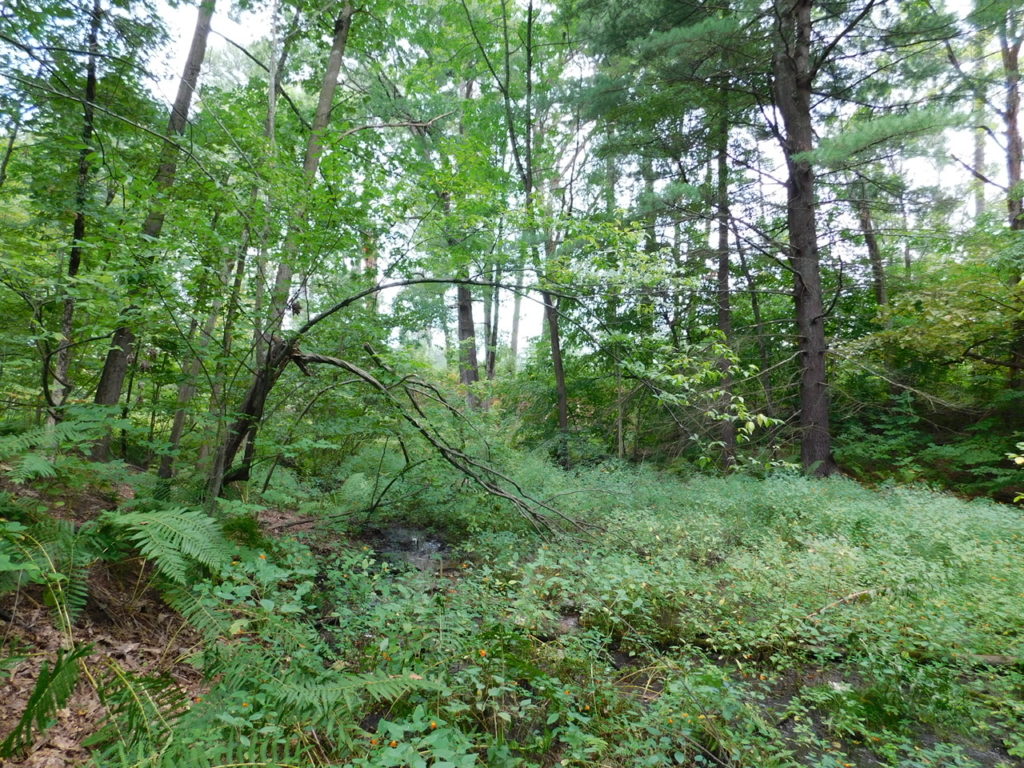If this 54 room home looks a little bit small for something with both “Vanderbilt” and “Mansion” in its name, maybe it’s because Hyde Park was just one of several houses Frederick and Louise Vanderbilt owned. They also had a New York City townhouse, of course, and at various times, a Newport, Rhode Island mansion (Rough Point, later owned by Doris Duke), an Adirondack camp (Pine Tree Point), and a Bar Harbor, Maine mansion (Sogonee, later owned by radio tycoon A. Atwater Kent).
Construction began in 1895, the same year that Frederick’s kid brother, George Washington Vanderbilt II, completed his modest 250-room summer house, the Biltmore Estate.
